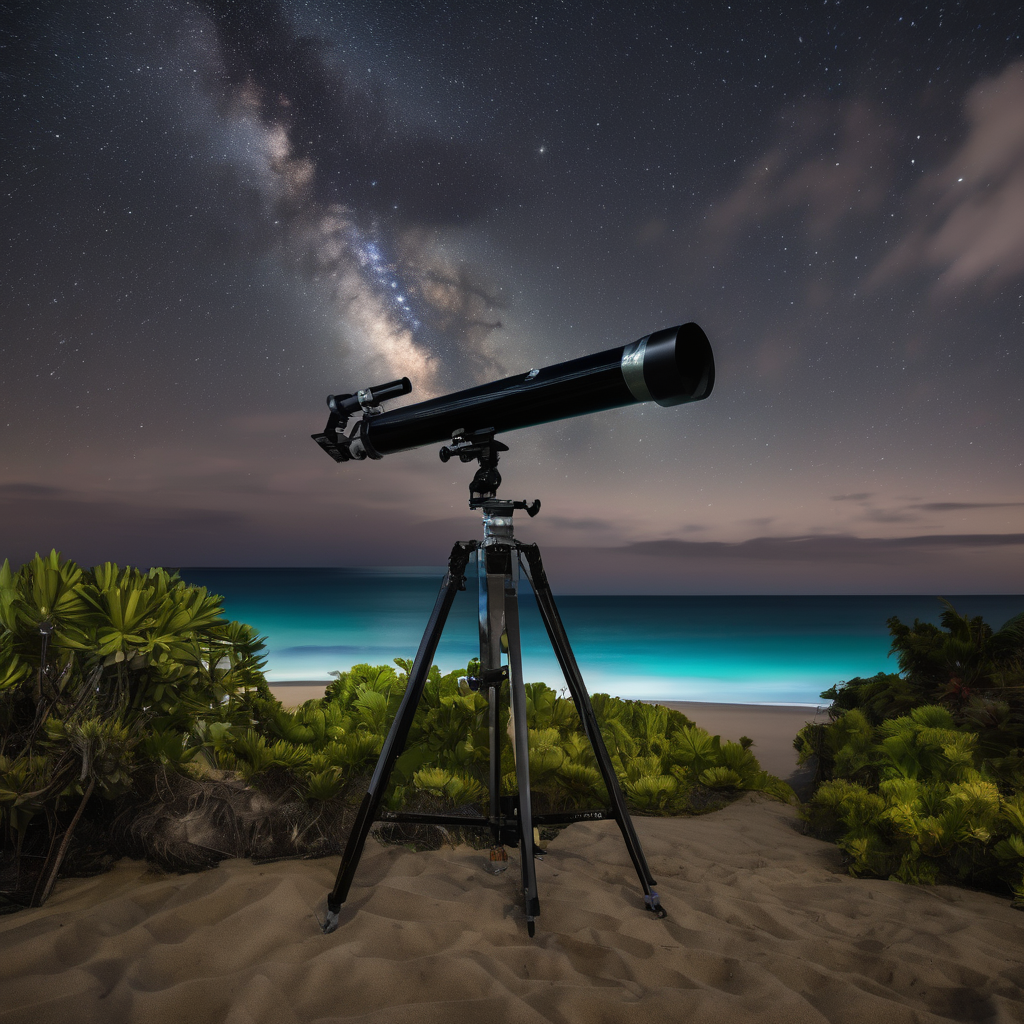In early January 2025, astronomers at the Mt. Lemmon Observatory in Arizona made a remarkable discovery: a faint light in the sky that was later confirmed to be a comet from the outskirts of the solar system, now known as Comet Lemmon (C/2025 A6). This celestial wanderer has an impressive orbital period of approximately 1,350 years.
Initially, Comet Lemmon was dim, observable only with specialized instruments. However, as the year progressed into fall, it brightened significantly, reaching a point where it can be viewed with binoculars. As the comet approaches both the Earth and the sun, it is expected to become even more luminous, potentially visible to the naked eye under the right conditions.
NASA has reported that Comet Lemmon will reach its closest point to Earth on October 21, 2025, at a distance of about 0.60 astronomical units—distances measured from the Earth to the sun. It is anticipated that the comet will reach its perihelion, the nearest point to the sun, on November 8, coinciding with a peak in brightness. This moment will also be when the comet’s tail stretches out the most, a phenomenon that occurs as the sun’s radiation heats the comet’s icy components, causing gas and material to be expelled.
Adding to the comet’s allure is its distinct greenish hue, a characteristic imparted by diatomic carbon molecules in its coma interacting with sunlight. This captivating visual aspect further enhances the excitement surrounding Comet Lemmon.
As of October, Comet Lemmon can be located slightly beneath the handle of the Big Dipper in the Ursa Major constellation. Observers in the northern hemisphere should look towards the northwestern to western sky after sunset for the best view, especially around the time of its closest approach in mid-October. For a clearer sighting, binoculars or small telescopes are recommended, although conditions free from light pollution may allow for a glimpse with the naked eye.
For those who may have difficulty locating Comet Lemmon, smartphone star map applications or planetarium software can provide assistance in tracking the comet’s path across the night sky. As more people venture outdoors to gaze up at this fascinating celestial event, it marks a moment of connection with the vastness of the universe, reminding us of the beauty and wonder that it holds.
